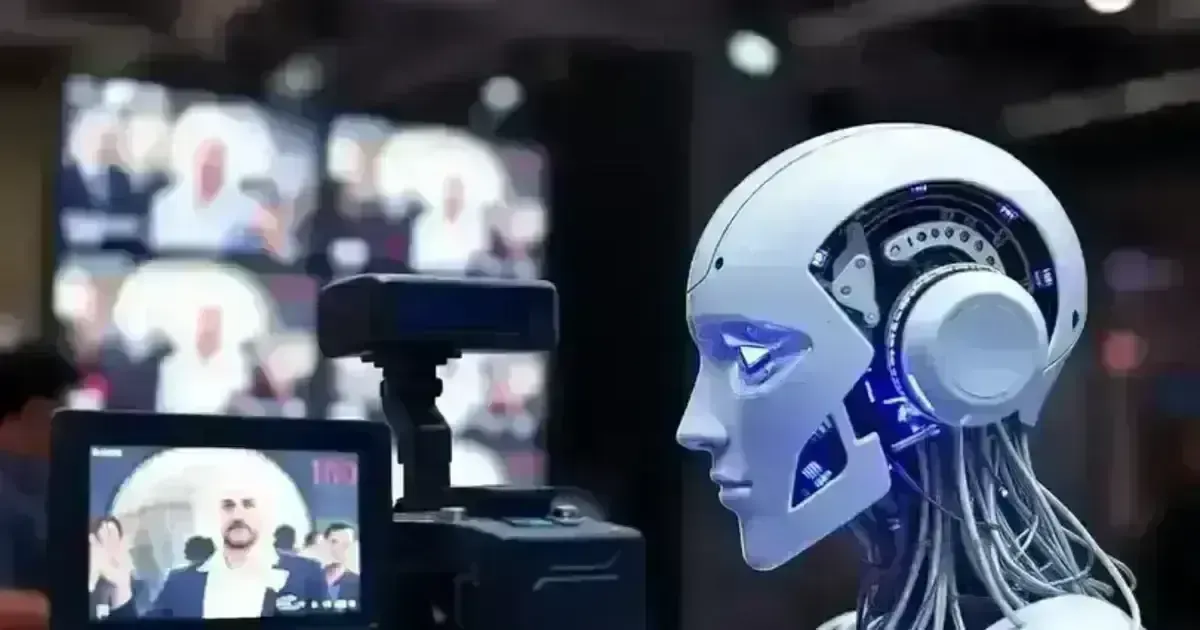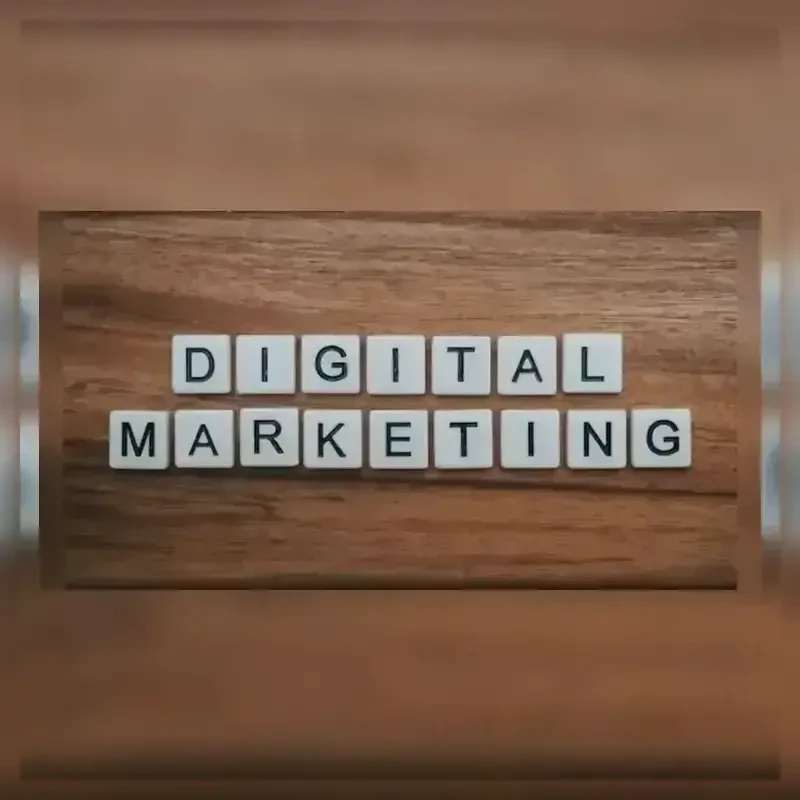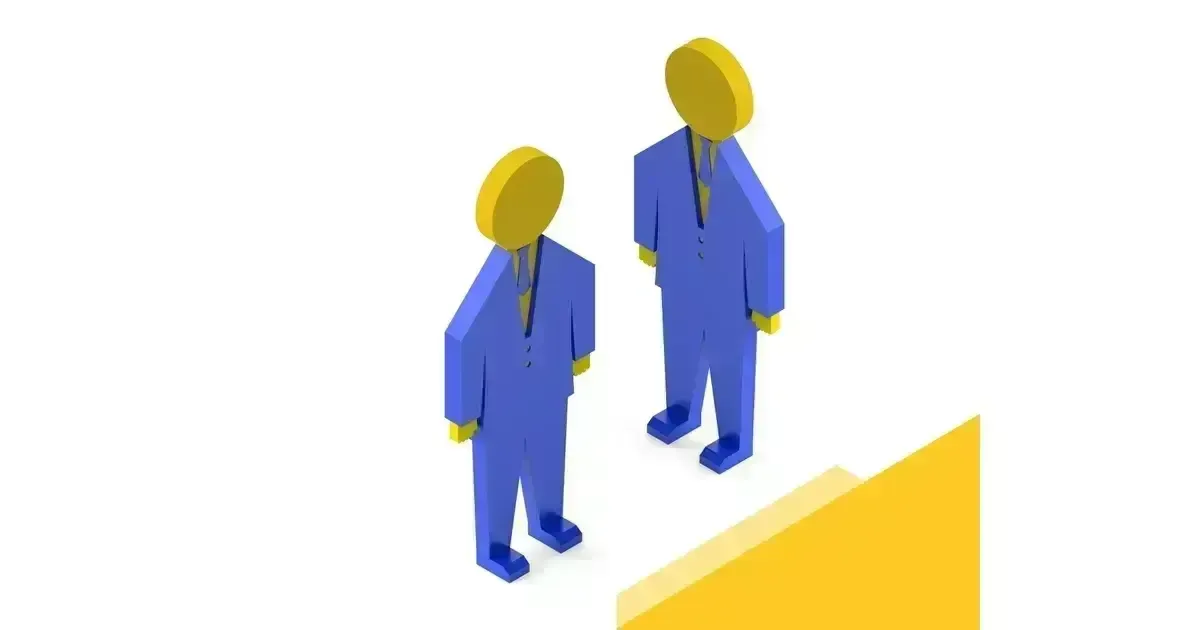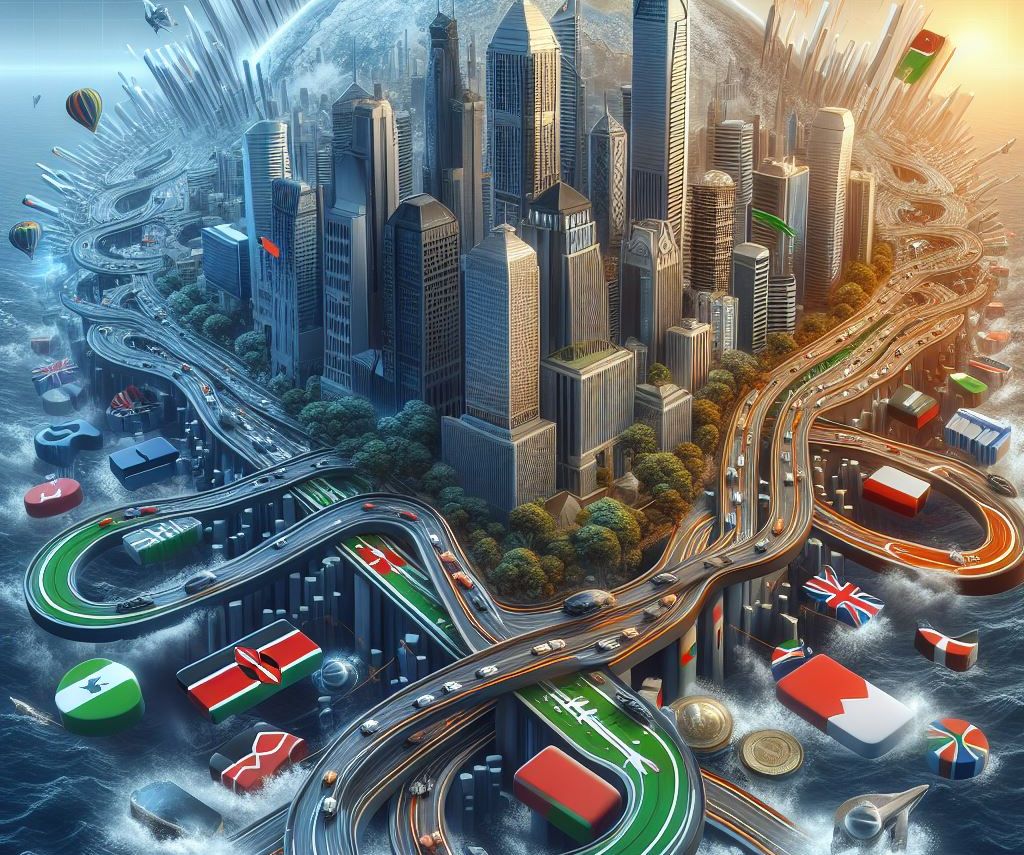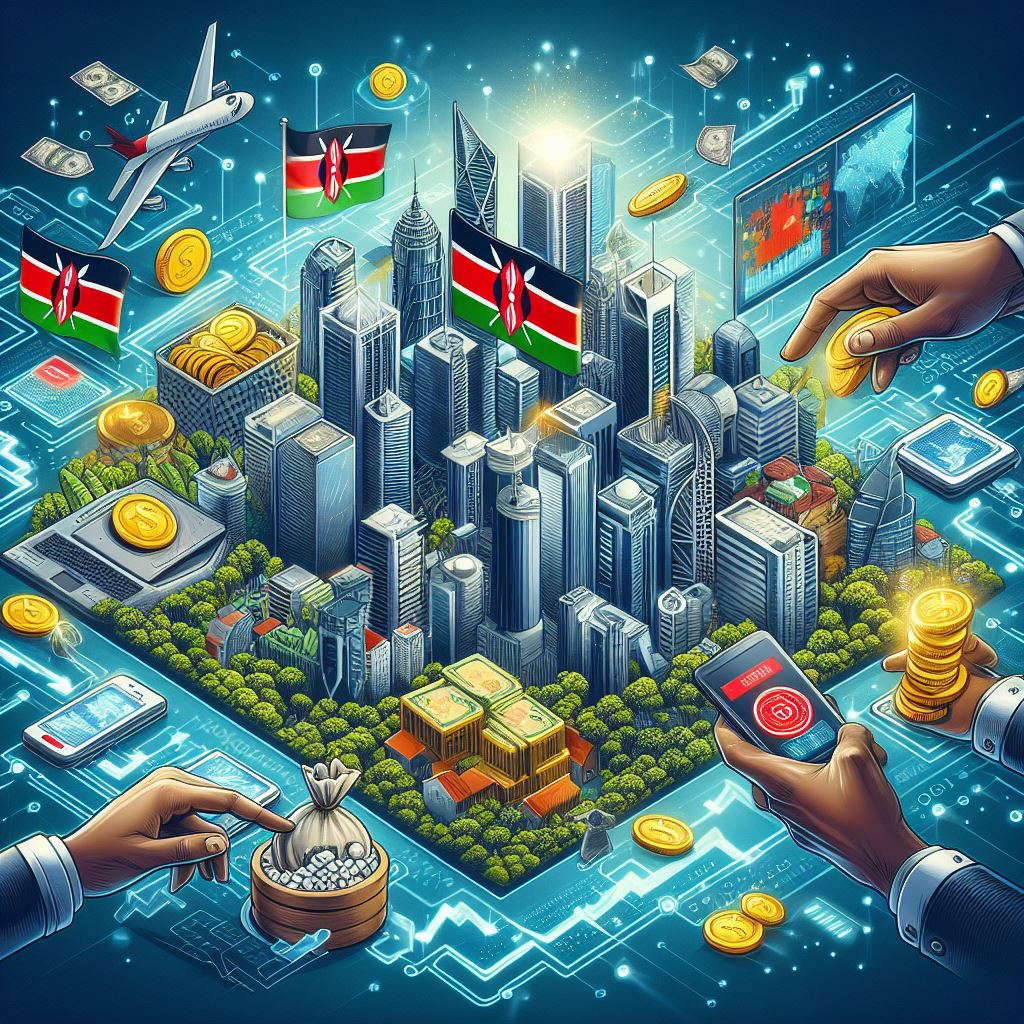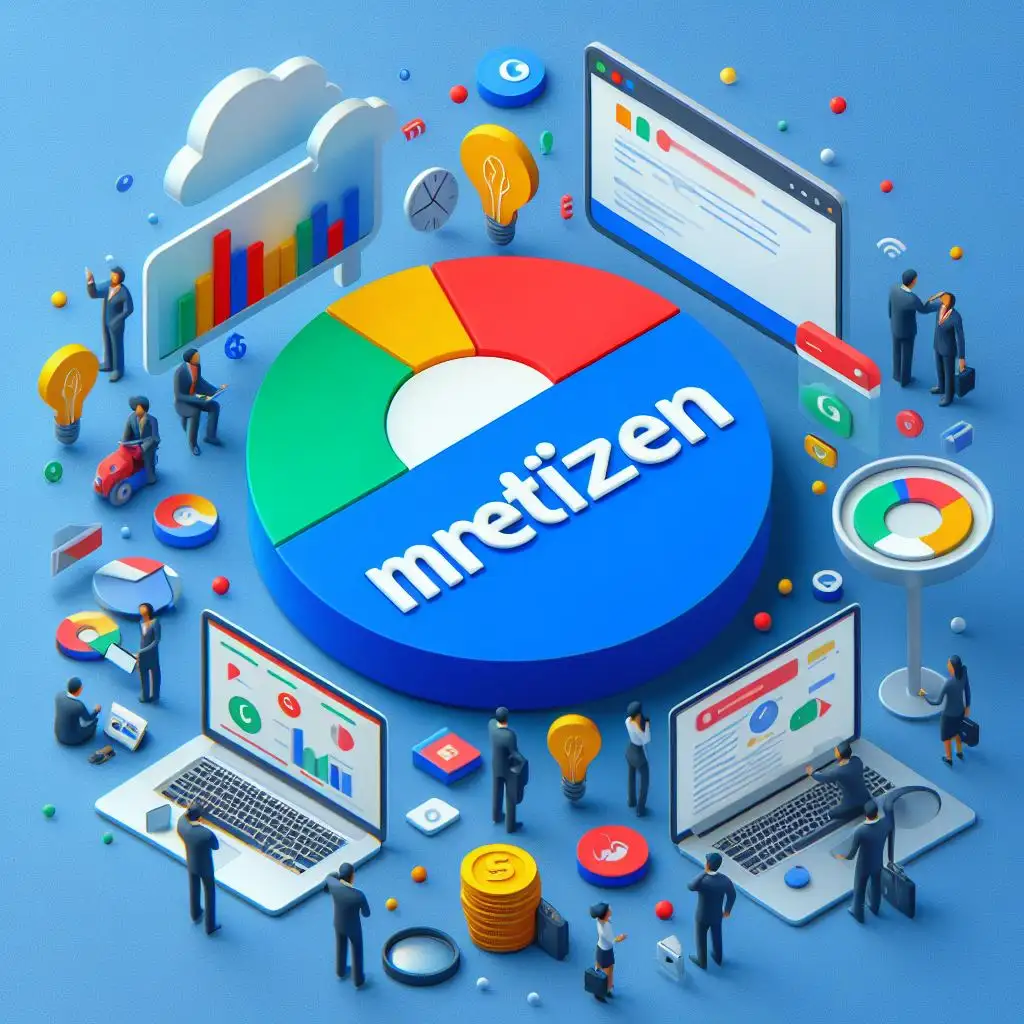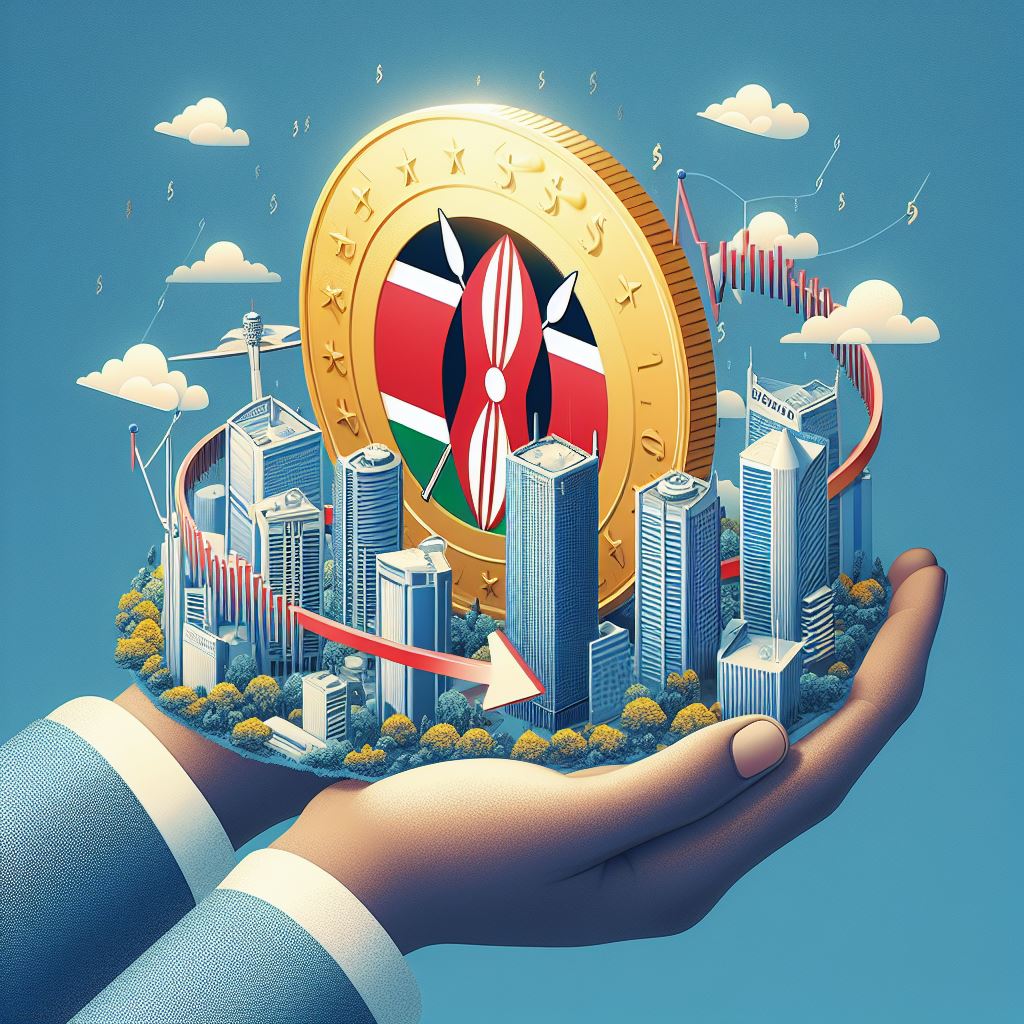Explore how communication is evolving in the digital age, balancing technological advancements with authentic human connection. Delve into challenges, innovative solutions, and ethical considerations shaping modern interactions. Discover future trends, from AI-driven tools to immersive technologies, redefining how we connect in personal, professional, and global contexts.
Introduction.
Communication in the current society is now informed by the use of new technologies, where technology has seized to have a sparing relation with everything. Devices such as social networks, chats, and video calls have provided the possibility to connect people at short distances and create global communities. Nevertheless, this has its own side of the catalogue – people communicate much more frequently, but they lack the depth of communication. On one hand, the Internet helps people to communicate faster and easier; on the other hand, it has deprived people from the profound emotional interconnection, which makes up the value of real communication.
This article aims at trying to understand how communication has changed especially with the rise of technology to try and bring out the obstacles that come with it, good that comes with and ethical issues that come with it. Learning from the role portrayed by andy, we will explore how people and corporations can integrate rationality with rationalization and still maintain the essentials of human beings, which is fellowship. The primary purpose is to provide readers with ideas and approaches on how to communicate in the world when various technologies can be facilitated or challenging.
1. The Evolution of Communication: From Analogue to Digital.
People have spent centuries developing methods with which they communicate, from handwritten letters and telegraphs to short and efficient messages. One of the most important things that communication used to involve was the components of time, thought, and effort, which led to a genuine emotional process. The appearance of e-mail and mobile phones became the starting point when the scale of communication gradually started to triumph over the quality of messages sent. This is even truer with social networks that suppress meaning in favour of the short and catchy messages that are more likely to spread around.
With the progressive improvement of technologies in communication, the culture of embracing interventional modes has changed drastically. Instead of focusing on board meetings, companies use Slack channels, and instead of the whole family meeting in one living room, people prefer to text in the group. These changes reflect a broader trend: the transition from time-controlled strategic communication to rapid and immediate response culture. Though such advances have contributed to people getting connected throughout the world, important issues concerning the relationship between flow characteristics for interactions and their depth have been raised.
2. Difficulties of Communications in the Digital Age.
The findings also indicated that, generally, digital communication has its attendant disadvantages, especially in creating emotional intimacy. Such platforms do not allow the use of tone, facial expressions, gestures, and other nonverbal cues, and this leads to the generation of many misunderstandings. For instance, a brief communication by email or a short message on the phone could be interpreted as an arrogance or impoliteness by the receiver, while this was not the intention of the sender at all. This lack of non-verbal signals erodes the basis for attunement and emotional shared existence, which forms the essence of relation.
Secondly, the constant deluge of notifications and the culture of ‘multitasking’ reduce the quality of the communication. Most people engage in more than one convergent communication at a time. Thus, none gets the full undivided attention. This has resulted in a culture of communication where people exchange messages but seldom seek to build on the relationships. Hence, as digital communication seamlessly keeps shifting into the new normal, then it is high time that these challenges were redressed and purpose, and actuality brought back into our everyday communications.
3. The Role of Technology in Enhancing Communication.
As a concern, there are always drawbacks in digital communication, but the advancement in technology has solutions of improving the way on how people can communicate. This is also evident through the use of artificial intelligence whereby individuals can be able to chat with a chatbot with a receptionist qualifying responses and through the use of probability algorithms people can be able to devise communication strategies which are suitable for certain individuals. Augmented and virtual reality will bring close interaction that can strictly work on face-to-face communication interfaces to forefront virtual communication that can be considered unique and physical.
However, with the help of technology in today’s world, the barriers, which included language barrier and the barrier for easily accessing such tools, have been interfered. AI-based translation and speech-to-text services allow two or more people with different language barriers to physically interact and communicate. To ensure business continuity, the principles of inclusivity are taken up a notch with customer relations review of adaptative communication channels for the disabled. All of these advancements prove the notion that in today’s world, technology is not a prism through which one sees the shallowness of society and souls; technology can be a vehicle to true connection.
4. Striking a Balance: Lessons Learned and Top Practices for Transitioning to a Digital Environment.
Amid increasing digital interface, it is seen that tactility can not be done away with or replaced. It is impossible for the human dialogue to be replaced by technology because true dialogue requires the aspects of the so called ‘emotional intelligence’, empathy and active listening which are impossible to be assimilated by the modern technology devices. In our interpersonal interpersonal relationships as well as in business, scenario the proactively effective use of technology and real human contact must be appropriate. For instance, video calls may demonstrate the importance and distinctiveness of a message in contrast with face-to-face conversation, which may imply the intonation and attitude none of the other forms of communication can express.
For this balance to be struck, people and organisations using technology have to do so consciously. By including face-to-face conversations, writing on paper, or keeping eyes on the phone in communication rituals, greater bonds may be built. Technology should play a supportive role to supplement interpersonal contacts, so it is unimportant how much an individual communicates with a companion if the connection feels distant. That’s why we should prioritize intentionality because it allows us to keep the art of connection despite the fast-growing digitalization process.
5. Communication Ethics in the Digital Age.
Ethical concerns have emerged particularly because communication processes are rapidly going digital. Various concerns such as fake news, trolling, or bullying, as well as the loss of privacy, demonstrate the negative aspects of digital communication. Examples of such social sites are social media sites, which have been associated with acts such as hate speeches and the inability to filter bad content. So does the collection and subsequent commodification of user data – an issue that has recently come under the heading of surveillance and consent.
In response to these challenges, people and institutions should be bureaucratic and follow the highest ethical standards. Current communication ethics entail the need to encourage civil tone and protect the rights of users. These include fighting fake news, respecting privacy in sharing information, and supporting infrastructures such that all individuals have equal command of the communication apparatus. Ethical communication is not just moral responsibility, but it is the key to building relationships and relations in a world where the internet is a hot cake.
6. Future Trends:The Next Frontier of Communication.
Amazingly, the future of communication doesn’t not lie in the exclusion of the human instinct but in the integration of superior technology. AI solutions are expected to become more advanced over time, providing cheap and individualized communication services that are more personalized as they predict or assume what best suits the end user. For instance, certain future applications for messaging could utilize NLP to identify the tiers of emotion and offer replies that can elevate the degree of compassionate comprehension. Likewise, the prosthesis added to the brain has the capabilities of transferring data directly from one brain to another, thereby eradicating the need to learn a new language.
New and futuristically grounded forms of interaction such as holographic communication as well as socialism in social networks are also on the verge of revolutionizing the concept of interaction. These technologies are expected to facilitate the development of a dualistic communication system that combines the reality of people with the effectiveness of technologies. At the same time, which we open to these new directions, it will be important to remember about the shades of ethical considerations and the importance of depth in relation. The next generation of communication is less about technology or improvement in technology but about using technology to enhance life.
Conclusion.
Communications is a precise discipline, but still, it is an art, as in business people always tend to find the ways to touch each other even with the help of high-tech solutions. The digital tools have become a tool of interaction, it has to be applied wisely so as to prevent the human touch that forms the basis of most interaction. In the course of pursuing a ‘digitally finite’ world order, this indissoluble link of relatedness is as important as ever.
As for the future of communication it’s still full of great potential. With technology used competently, it is possible to design a society where people can touch one another beyond the limitations of physical connection and geography and embrace one another to unite rather than divide. Therefore, the concepts involved in redefining communication are not only about learning how to cope with change, but they are about engineering the process of change to respect the humanity inherent in people.






